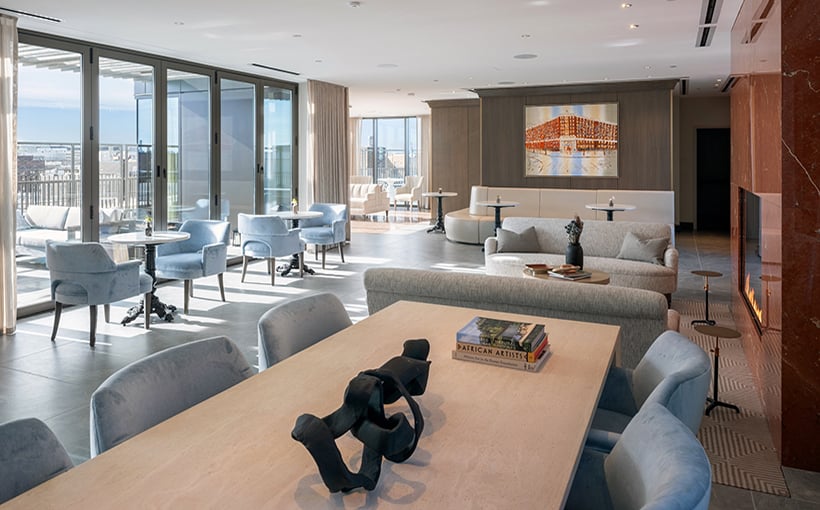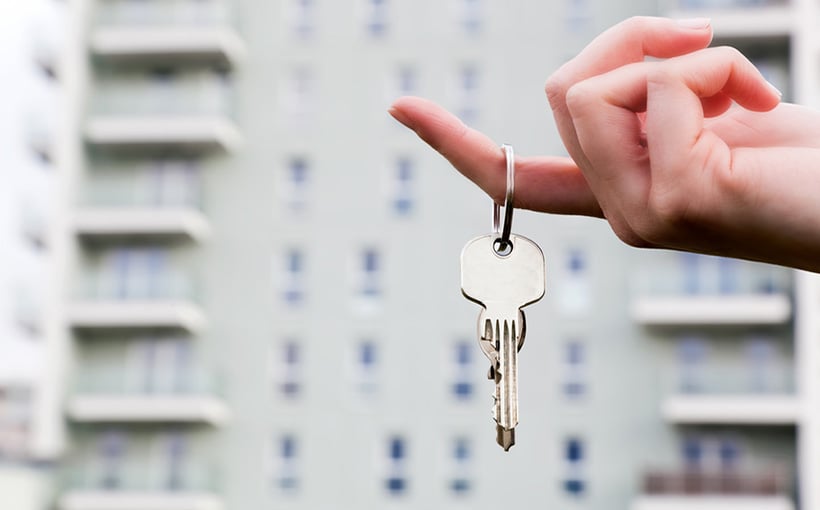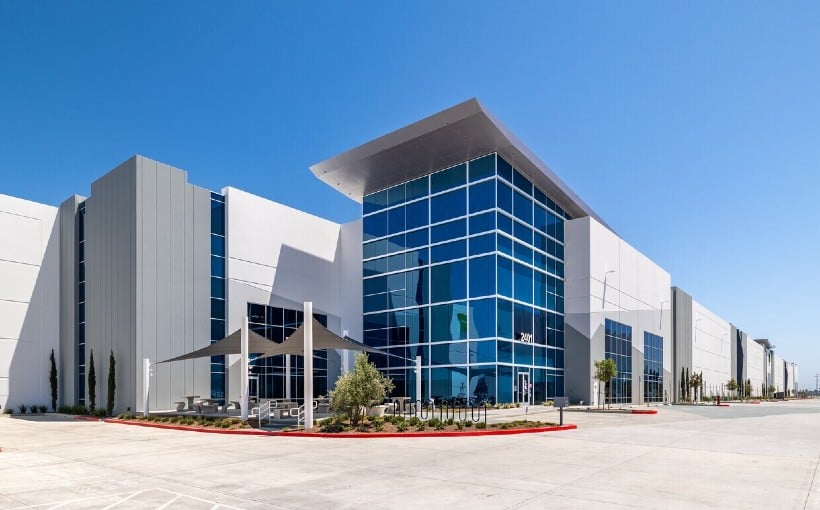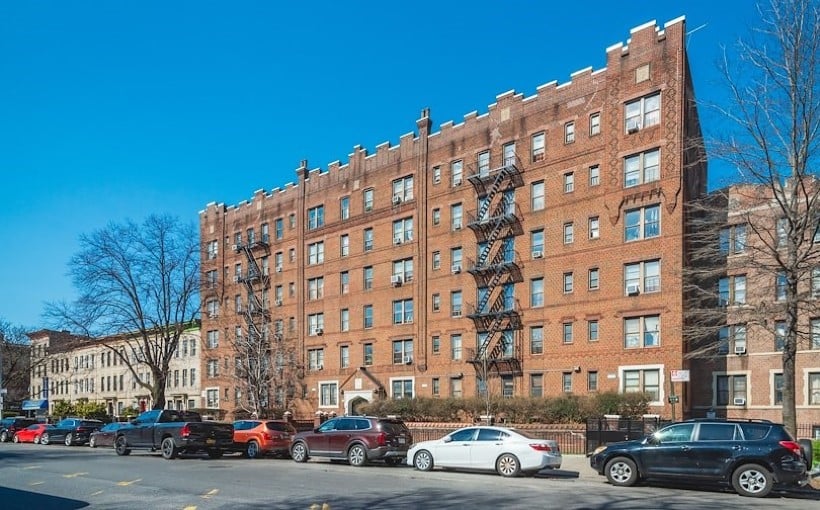**Not Your Great-Grandparents’ Senior Housing: Hospitality Amenities Reign Supreme**
*Pictured: Inspir Rooftop Terrace Suite — Photo Credit: Joseph Romeo*
Once upon a time, senior housing was focused primarily on the basics: a comfortable bedroom, standard medical care, and fundamental amenities such as communal dining spaces and simple recreational areas.
Fast forward to the 2020s, and the landscape of senior living has drastically transformed. Today’s senior housing facilities are mirroring the luxury, comfort, and convenience of high-end hospitality properties.
“Senior housing amenities were once focused on meeting essential needs and providing basic care,” said Shane Herlet, Co-CEO of Maplewood Senior Living and Inspir. “The current trend is resort-style living.”
### Focus on Features
Herlet explains that Inspir communities under the Maplewood Senior Living brand are offering amenities that rival those in the hospitality industry. This evolution is largely driven by the changing expectations of the baby boomer demographic, which increasingly values active, engaging, and personalized experiences.
Key amenities designed to meet this demand include:
– Swimming pools and fitness centers
– Spa services
– A variety of dining options with flexible mealtimes
– Cultural events and educational opportunities
– Customized and flexible living spaces
“Amenities that promote active lifestyles and overall well-being are increasingly important,” Herlet emphasized.
### The Technology Angle
It’s a common misconception that baby boomers are not tech-savvy. In fact, technology is playing an increasingly crucial role in enhancing independence, safety, and social connection among seniors.
Modern senior communities are integrating advanced technology such as:
– High-speed WiFi throughout communities
– Smart homes with voice-activated controls
– Telehealth platforms for convenient access to care
– Wearable health-monitoring devices
– Virtual reality for entertainment and cognitive stimulation
Technology, especially when powered by artificial intelligence, supports not only the residents but also streamlines community operations. For residents, AI-powered surveillance provides real-time monitoring and alerts to enhance security. Biometric access control further ensures resident safety.
Meanwhile, AI assists staff and management in:
– Handling maintenance requests and inquiries
– Performing in-depth property performance evaluations through financial analysis tools
– Screening resumes and providing interview guides to improve hiring processes
– Identifying and addressing labor shortages
“Every platform or tool that integrates AI helps enhance staff and operational efficiencies through a higher level of data analysis and in-depth insights,” said Herlet.
### Flexibility is Key
While luxury amenities and smart technology contribute to a positive resident experience, Herlet cautions against a one-size-fits-all approach. The future of senior living lies in personalized, responsive services that cater to diverse and evolving demographics.
“As we design communities for both baby boomers and younger seniors, the need for diverse offerings grows,” Herlet noted.
The industry must remain flexible and forward-thinking to meet the shifting expectations of future generations of residents. “The ability to adapt is essential,” Herlet concluded.
This article originally appeared on ApartmentBuildings.com.




